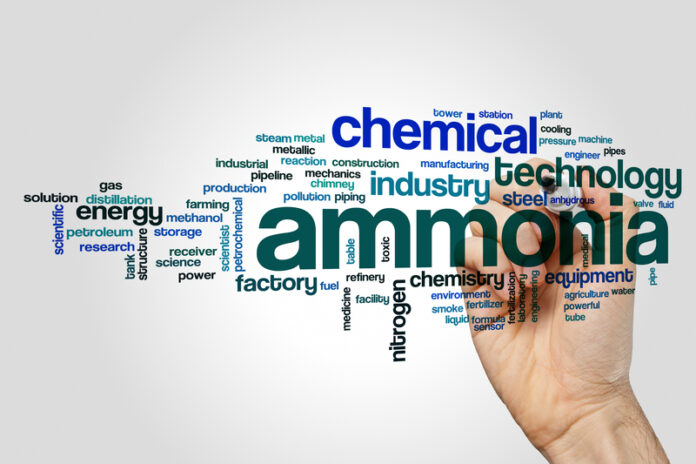Hydrogen is a clean alternative to fossil fuels. It can be harvested from many sources including fossil fuels, water, and ammonia. Ammonia is also a potential zero-emission fuel alternative. Where we are with both of these potentially carbon-free alternative fuels is the subject of this posting.
Colour-Coded Hydrogen
Hydrogen production from fossil fuel sources, today, is the most common source of the gas as fuel. Colour coding specifies how dirty the hydrogen source is. Hydrogen produced from natural gas without carbon capture is called grey. Black and brown hydrogen comes from coal with no carbon capture. Blue hydrogen from grey, black and brown indicates carbon emissions are captured up to 80% in its production. Turquoise hydrogen is produced through methane pyrolysis with solid carbon waste as the byproduct. The carbon can be stored or used to make carbon fibre and fuel.
Clean Hydrogen
Clean hydrogen is green. It is produced using renewable electrical energy. Electrolyzers separate hydrogen from water producing zero carbon emissions. Other designations for clean hydrogen are yellow for solar energy, and pink, red, and purple for nuclearNaturally occurring hydrogen found underground is designated as white. Then there is hydrogen produced from ammonia.
The Ammonia-Hydrogen Story
Ammonia is composed of one molecule of nitrogen and three of hydrogen (NH3). Ammonia is a source of green hydrogen when renewable energy is used to produce it. But ammonia isn’t being produced today to generate hydrogen for the most part.
Most ammonia is far from green. According to data from the International Energy Agency (IEA), in 2018 ammonia contributed 620 million tons of CO2 to the atmosphere or 1.3% of annual global greenhouse gas emissions. That’s because ammonia comes from combining hydrogen harvested from steam-reform processes that use natural gas and coal. The hydrogen is then combined with nitrogen from the atmosphere to make ammonia.
Approximately 80% of ammonia produced gets used in nitrogen-based fertilizers. The balance is used in chemical production. Demand is expected to increase by 40% in 2050 driven largely by fertilizer needs.
Ammonia is not a friendly substance. Exposure to it can be toxic. It can cause lung damage if you breathe it in. Exposure can burn skin and eyes. Ingested it can cause vomiting, convulsions, comas, and even death. Handling it requires considerable precautions.
Hydrogen from ammonia can be zero-emission. Ammonia direct combustion can also be zero-emission.
Why do the former when ammonia can by itself be a fuel?
Hydrogen has immediate advantages. It is compatible with today’s fuel-cell technologies. Ammonia is not. Compressed liquid hydrogen can be burned in internal combustion engines. Compressed ammonia cannot. Hydrogen can be used instead of coal in the production of steel, aluminum, and concrete. Ammonia at present cannot.
Ammonia has several advantages over hydrogen. It is 1.7 times more energy-dense than hydrogen in a liquid state. It is less inflammable. When transported ammonia is more stable. Liquid hydrogen can easily turn into gas and escape unless stored at very low temperatures and under high pressure. That’s why ammonia is often used as a means to transport and deliver hydrogen as an alternative carbon-free fuel.
In Thailand, Singapore, the European Union and Japan, Siemens Energy, Mitsubishi Power and GE Vernova in partnership with IHI are developing demonstration ammonia-fired thermal power plants. The GE-IHI partnership has built a 2-megawatt gas turbine that runs on 100% liquid ammonia.
At PowerGen International 2024 earlier this year, Jeffrey Goldmeer from GE Vernova stated, “Ammonia offers a new pathway for decarbonization and could become especially valuable in LNG-dependent markets in Asia.”
Will ammonia-burning vehicles grace our roads in the future? More than likely not for some time. We will see hydrogen-powered vehicles, however, with the gas derived from ammonia. But ammonia-power will need vehicles with ammonia-resistant engine technology that currently doesn’t exist.
In pursuit of maximizing hydrogen derived from ammonia, the Korea Institute of Energy Research (KIER) recently revealed that a team from there had developed a process for producing carbon-emission-free 99.97% pure hydrogen for use in fuel cells or as liquid hydrogen to power vehicles on land, in the air and on the water.
















